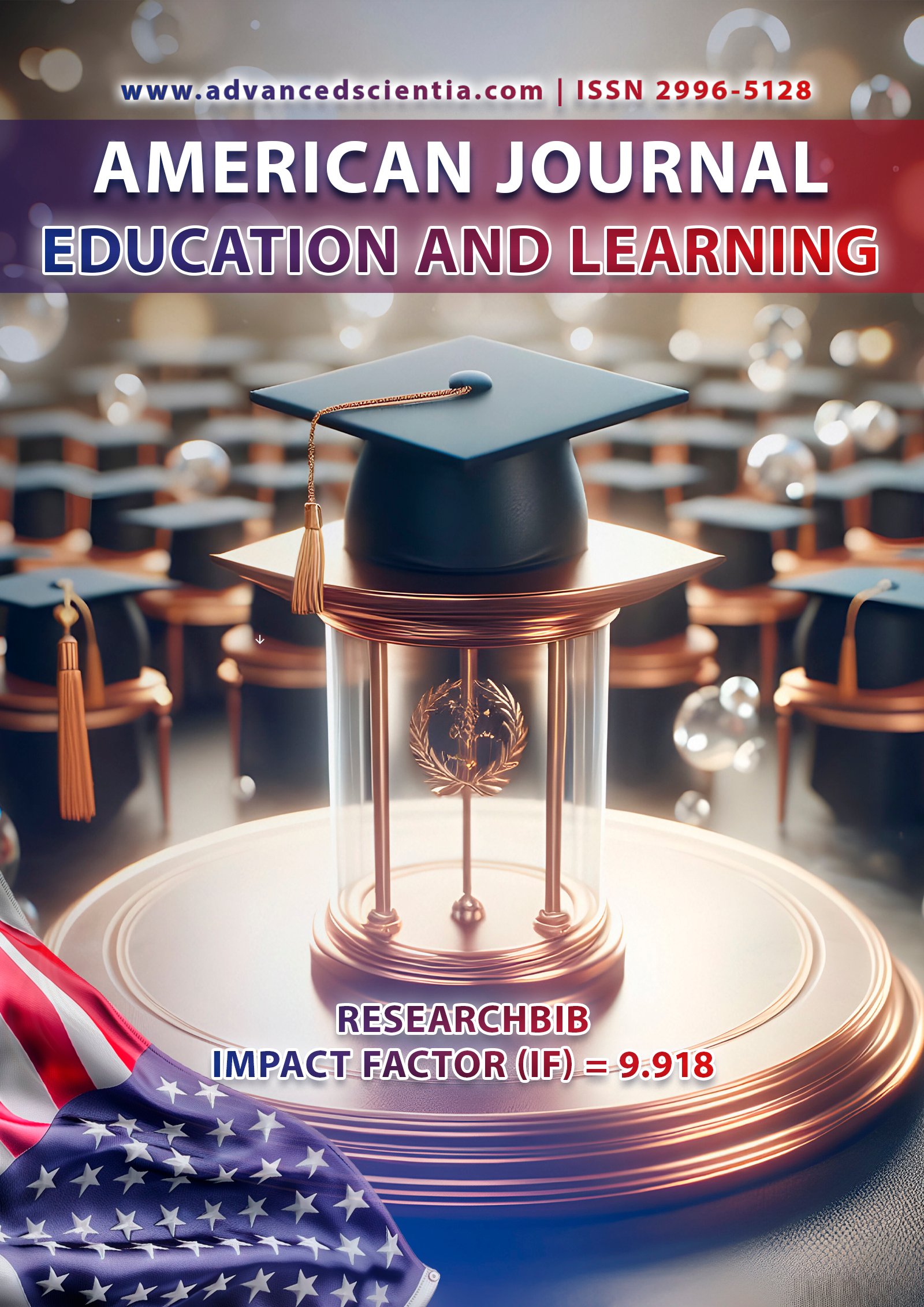THE EFFECTIVENESS IN IMPLEMENTATION OF MNEMONICS TECHNIQUES IN TEACHING ENGLISH VOCABULARY
Abstract
The teaching and acquisition of English vocabulary remain critical components of language learning. Mnemonic techniques, which utilize associations, imagery, and structured recall, offer innovative methods to improve vocabulary retention and recall. This article examines the effectiveness of mnemonic strategies in teaching English vocabulary, focusing on their impact on learners' performance, memory retention, and engagement. By analyzing various techniques such as keyword methods, imagery associations, and acronym-based learning, the study explores the benefits and challenges of integrating mnemonics into educational settings.
References
1. Atkinson, R. C. (1975). Mnemonic techniques in second language learning. Journal of Educational Psychology, 67(3), 303-309.
2. Bower, G. H. (1972). The use of imagery in the acquisition of word associations. Psychological Review, 79(3), 229-245.
3. Higbee, K. L. (1988). Your Memory: How it Works and How to Improve It. New York: Prentice Hall.
4. Ellis, N. C., & Beaton, A. (1993). Psycholinguistic determinants of foreign language vocabulary learning. Language Learning, 43(4), 559-617.
5. Richards, J. C. (2010). The role of mnemonics in vocabulary retention: A review. Language Teaching Research, 14(4), 433-450.
6. Martinez, A. (2017). Implementing the keyword method in ESL classrooms: A case study. English Language Journal, 25(2), 112-124.
7. Thompson, S. (2019). Visual mnemonics for abstract vocabulary acquisition. Educational Psychology Review, 21(2), 234-250.
8. Richards, J. C. (2015). Long-term effects of mnemonic strategies in language learning. Applied Linguistics Review, 33(1), 57-68.
9. Anki. (2022). Anki flashcard system. Retrieved from https://apps.ankiweb.net
10. Quizlet. (2022). Interactive vocabulary learning tools. Retrieved from https://quizlet.com






















